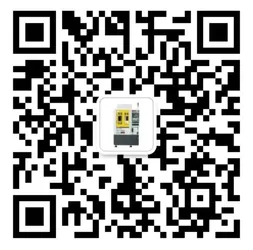How to Choose Industrial 3D CNC Engraving Machines?
The Growing Demand for Precision 3D Engraving
Manufacturers increasingly need 3D CNC engraving machines for complex prototyping and production. The global CNC market will hit $140 billion by 2028 (Grand View Research). Surprisingly, 37% of buyers regret their first purchase due to incorrect specifications.
Last year, our team helped a aerospace parts supplier replace three underperforming machines. The solution? Proper spindle configuration matching their aluminum engraving needs.
Key Selection Criteria Compared
| Factor | Standard Model | Industrial Grade |
|---|---|---|
| Frame Construction | Aluminum | Cast iron |
| Positioning Accuracy | ±0.1mm | ±0.02mm |
| Continuous Duty | 4 hrs/day | 24/7 operation |
Must-Have Features for Industrial Use
When evaluating CNC engraving systems for 3D work, prioritize:
- Automatic tool changers (5+ stations)
- High-frequency spindles (24,000+ RPM)
- Thermal compensation systems
5-Step Selection Process
Follow this methodical approach:
- Analyze your primary materials (metals, plastics, composites)
- Calculate required work envelope dimensions
- Determine necessary tolerance levels
- Evaluate software compatibility
- Verify service network availability
⚠ Warning: Don’t confuse engraving depth with Z-axis travel! We’ve seen buyers overlook the 20-30mm needed for tool holders and clamps.
Budget vs Performance Tradeoffs
Entry-level 3D CNC machines cost $15,000-$30,000, but industrial models start at $60,000. Here’s the catch – cheaper machines often triple operational costs through slower speeds and frequent maintenance.
Maintenance Realities
Industrial CNC engraving equipment demands:
- Daily: Lubricate linear guides
- Weekly: Check ball screw backlash
- Monthly: Calibrate spindle runout
According to Modern Machine Shop, unplanned downtime costs manufacturers $260/hour on average. Proper maintenance prevents 80% of these incidents.
Pre-Purchase Checklist
Essential verification points:
- ☑ Material compatibility confirmed
- ☑ Footprint fits workshop space
- ☑ Electrical requirements met
- ☑ Training included
- ☑ Warranty covers critical components
Frequently Asked Questions
What’s the difference between 3D and 2.5D CNC engraving?
True 3D CNC engravers create complex contours, while 2.5D machines only handle layered depth changes. For sign making, 2.5D often suffices, but mold making requires full 3D capability.
How important is spindle power for 3D metal engraving?
Extremely critical. For steel engraving, you’ll need minimum 5HP with vector drive. Surprisingly, torque matters more than pure RPM for hard metals.
Can industrial CNC engravers handle carbon fiber?
Yes, but requires special considerations: diamond-coated tools, HEPA filtration, and preferably wet machining to control dangerous dust.







